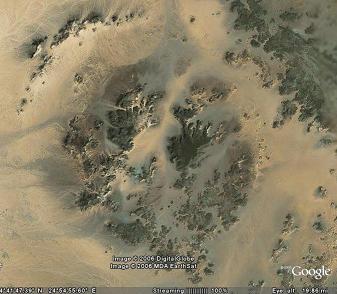Are we alone?
Life might be common in the universe, although we haven't found it outside the earth. Intelligent life forms should be less common, although some people claim they have seen them. Rare Earth hypothesis suggests that it is very unlikely to find such a nice planet as ours. For example, our position in the galaxy is far away from huge radiation sources, resulting a favorable environment for complicated life forms.
In the NASA Astrobiology Science Conference (AbSciCon) 2006, Medvedev and Melott of the University of Kansas related mass extinctions when the sun bobs up and down through the dense galactic disc as it orbiting in the galaxy. The period of solar bobbing motion is 64 million years, matching nicely with the 62-million-year biodiversity fluctuation proposed by Rohde and Muller (2005). It is yet another theory trying to explain mass extinctions.
No matter what the real causes behind mass extinctions, it is interesting to look at the frequency of mass extinctions. If they happen more frequently, advance life forms such as us would not have the chance to appear; On the other hand, if less frequently, perhaps the world would be ruled by certain dinosaur-men or mermaids. Is our existence an accident? Are we alone?


